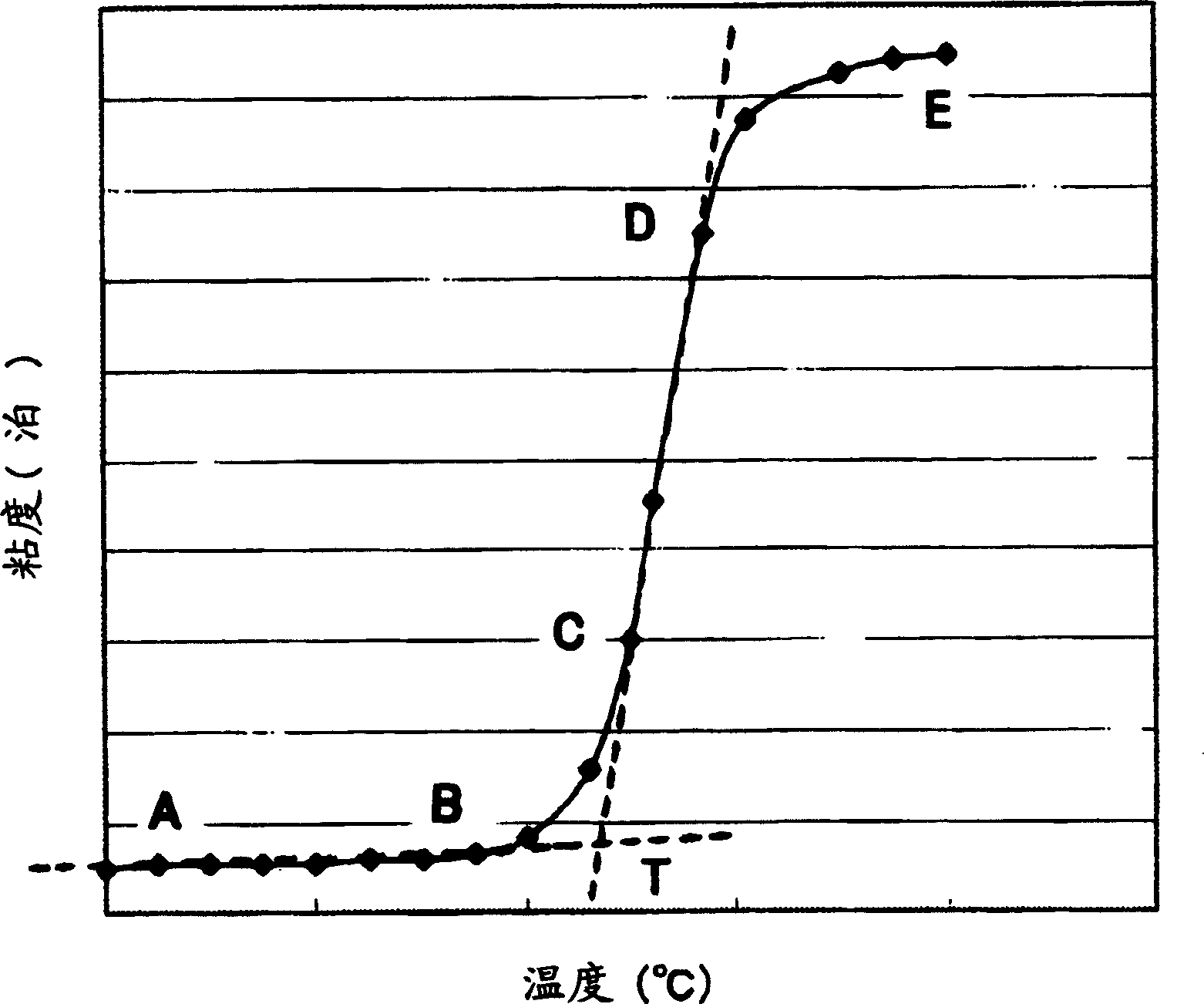Cationic electrodeposition coating composition
A technology of cationic electrodeposition and composition, which is used in electrolytic coatings, electrophoretic plating, electrophoretic coatings, etc.
- Summary
- Abstract
- Description
- Claims
- Application Information
AI Technical Summary
Problems solved by technology
Method used
Image
Examples
preparation example Construction
Preparation of Cationic Emulsion (A)
[0032] The cationic emulsion (A) can be prepared by dispersing a cationic epoxy resin (a) and a blocked isocyanate curing agent (c) in an aqueous solvent. A neutralizing acid may be contained in the aqueous solvent in order to improve dispersibility by neutralizing the cationic epoxy resin (a). Examples of neutralizing (using) acids include inorganic acids or organic acids such as hydrochloric acid, nitric acid, phosphoric acid, formic acid, acetic acid, lactic acid, sulfamic acid, acetylglycine or the like. The aqueous solvent used here is water or a mixture of water and an organic solvent. Water is preferably ion-exchanged water. Typical examples of organic solvents include hydrocarbons such as xylene and toluene; alcohols such as methanol, n-butanol, isopropanol, 2-ethylhexanol, ethylene glycol and propylene glycol;
Ethers such as ethylene glycol monoethyl ether, ethylene glycol monobutyl ether, ethylene glycol monohexyl ether, prop...
preparation example 1
Preparation Example 1: Preparation of Cationic Epoxy Resin (1)
[0075] In a flask equipped with a stirrer, cooling tube, nitrogen-introduction tube, thermometer and dropping funnel, add 92 parts of 2,4- / 2,6-toluene diisocyanate (weight ratio = 8 / 2), 95 parts of methyl Isobutyl ketone (hereinafter referred to as "MIBK") and 0.5 parts of dibutyltin dilaurate. While stirring the reaction mixture, 21 parts of methanol were added dropwise thereto. The reaction started at room temperature and reached 60°C due to the reaction exotherm. The main part of the reaction was carried out for 30 minutes, and then 50 parts of ethylene glycol mono-2-ethylhexyl ether was added dropwise thereto through the dropping funnel. To the reaction mixture was added 5 mol of propylene oxide adduct of bisphenol A (53 parts). The reaction proceeds mainly in the range of 60-65°C and is continued until the IR spectroscopy shows that the absorption based on isocyanate groups has disappeared.
[0076] Next,...
preparation example 2
Preparation Example 2: Preparation of Cationic Epoxy Resin (2)
[0078]
In a flask equipped with a stirrer, cooling tube, nitrogen-introduction tube, thermometer and dropping funnel, add 92 parts of 2,4- / 2,6-toluene diisocyanate (weight ratio = 8 / 2), 95 parts of methyl Isobutyl ketone (hereinafter referred to as "MIBK") and 0.5 parts of dibutyltin dilaurate. While stirring the reaction mixture, 21 parts of methanol were added dropwise thereto. The reaction started at room temperature and reached 60°C due to the reaction exotherm. The main part of the reaction was carried out for 30 minutes, and then 50 parts of ethylene glycol mono-2-ethylhexyl ether was added dropwise thereto through the dropping funnel. To the reaction mixture was added 5 mol of propylene oxide adduct of bisphenol A (53 parts). The reaction proceeds mainly in the range of 60-65°C and is continued until the IR spectroscopy shows that the absorption based on isocyanate groups has disappeared.
[0079] Nex...
PUM
| Property | Measurement | Unit |
|---|---|---|
| particle size | aaaaa | aaaaa |
| thickness | aaaaa | aaaaa |
Abstract
Description
Claims
Application Information
 Login to View More
Login to View More - R&D
- Intellectual Property
- Life Sciences
- Materials
- Tech Scout
- Unparalleled Data Quality
- Higher Quality Content
- 60% Fewer Hallucinations
Browse by: Latest US Patents, China's latest patents, Technical Efficacy Thesaurus, Application Domain, Technology Topic, Popular Technical Reports.
© 2025 PatSnap. All rights reserved.Legal|Privacy policy|Modern Slavery Act Transparency Statement|Sitemap|About US| Contact US: help@patsnap.com


